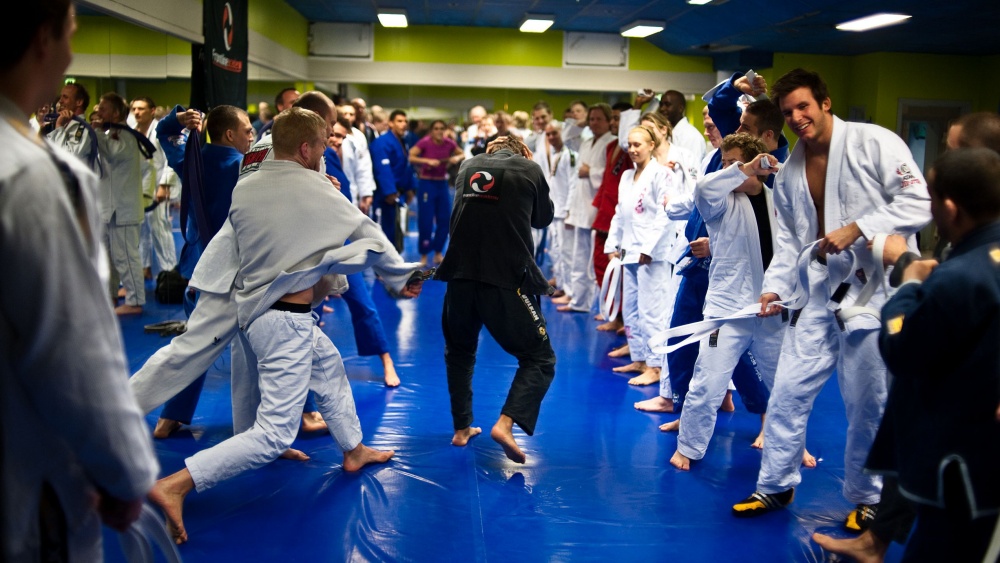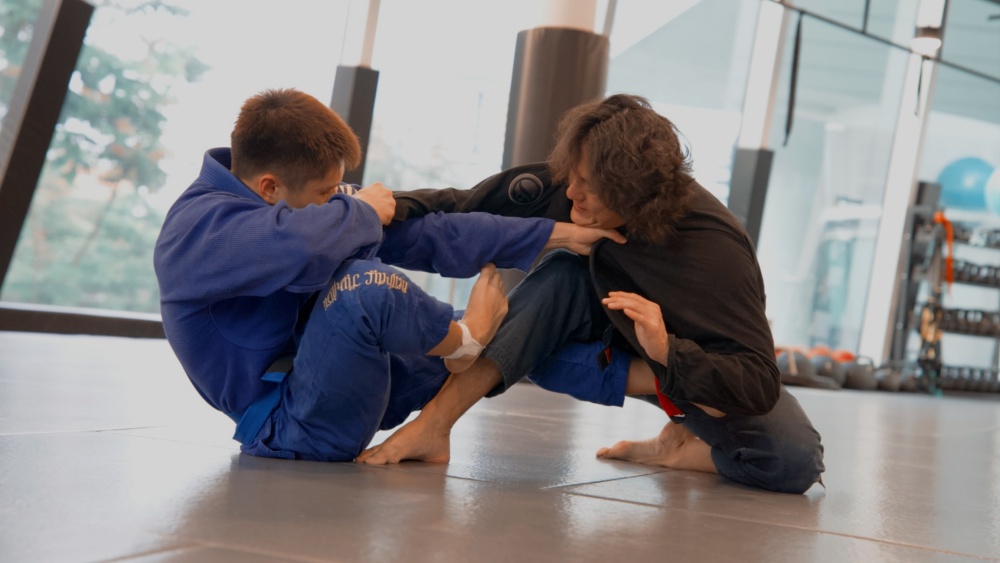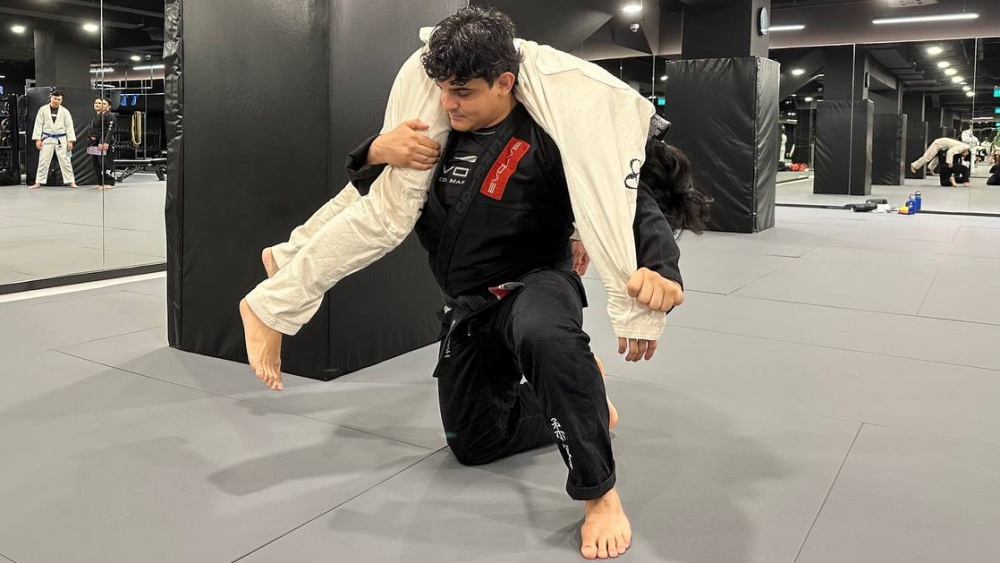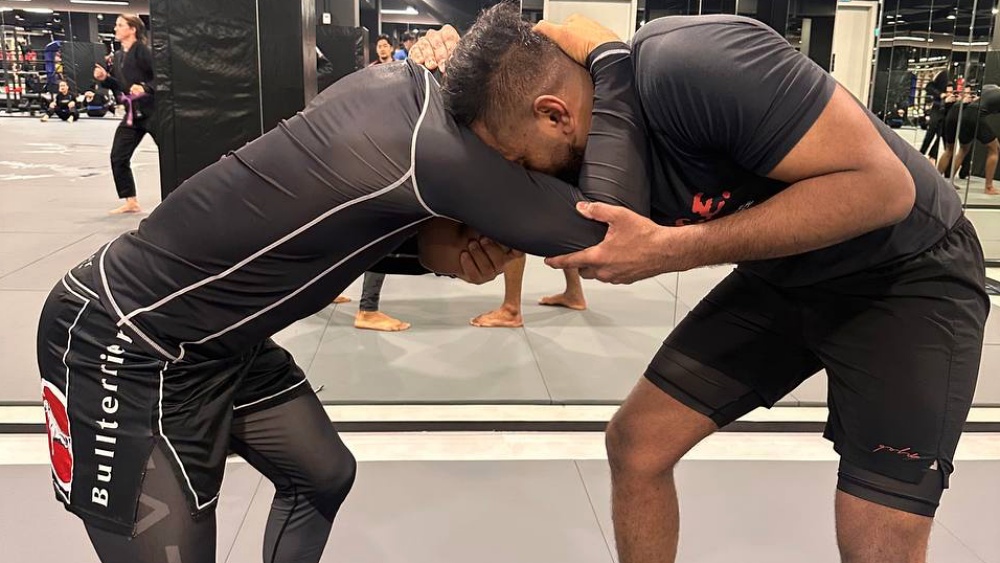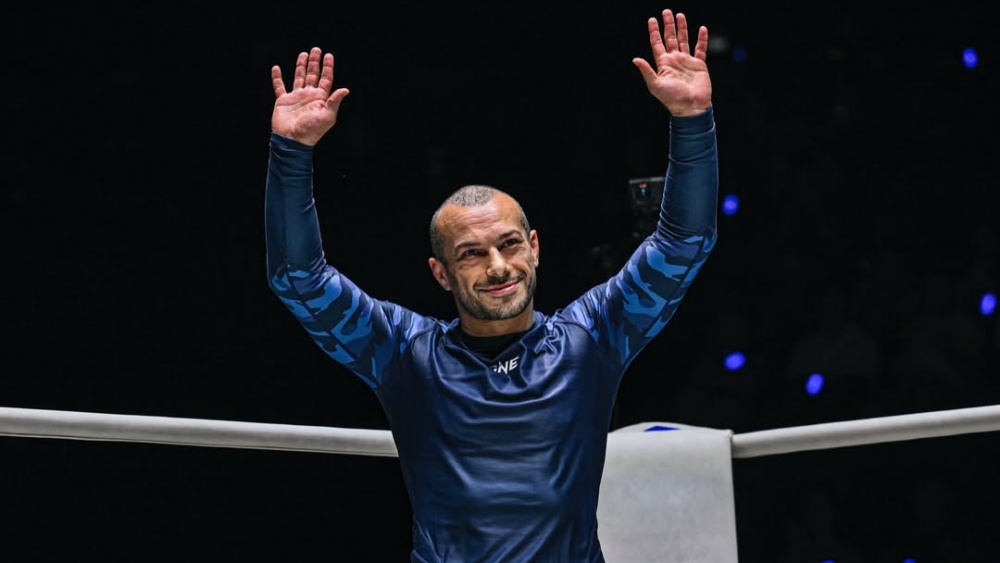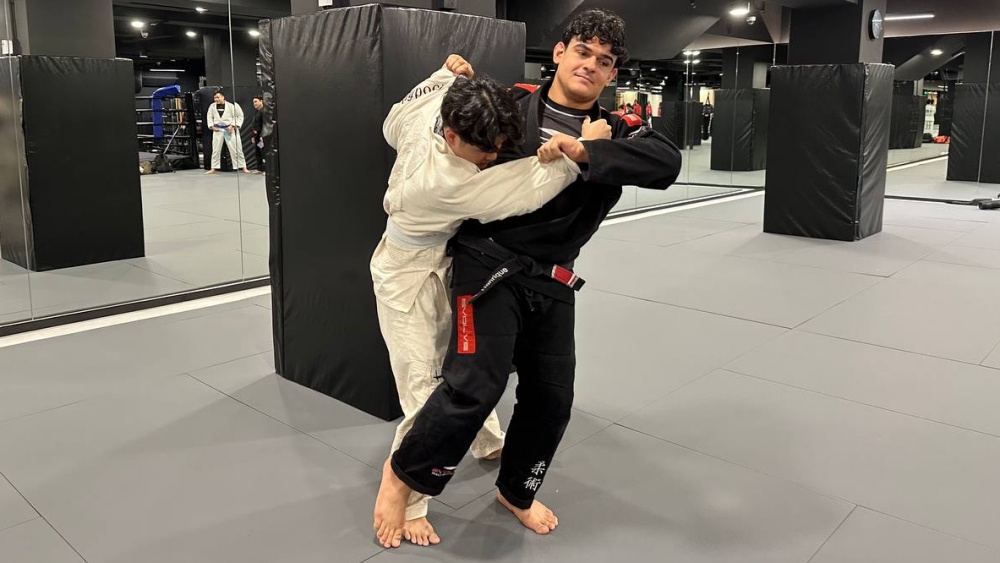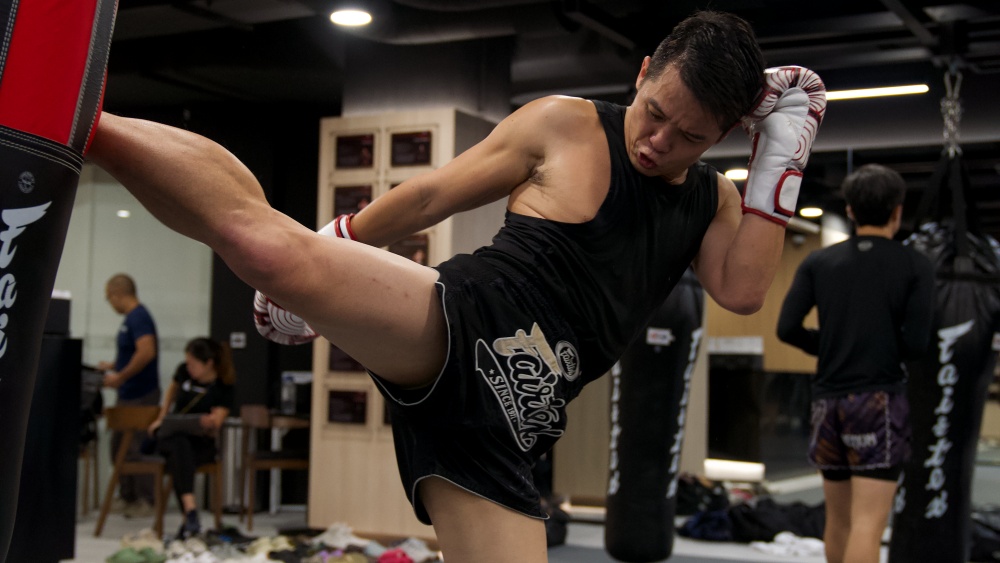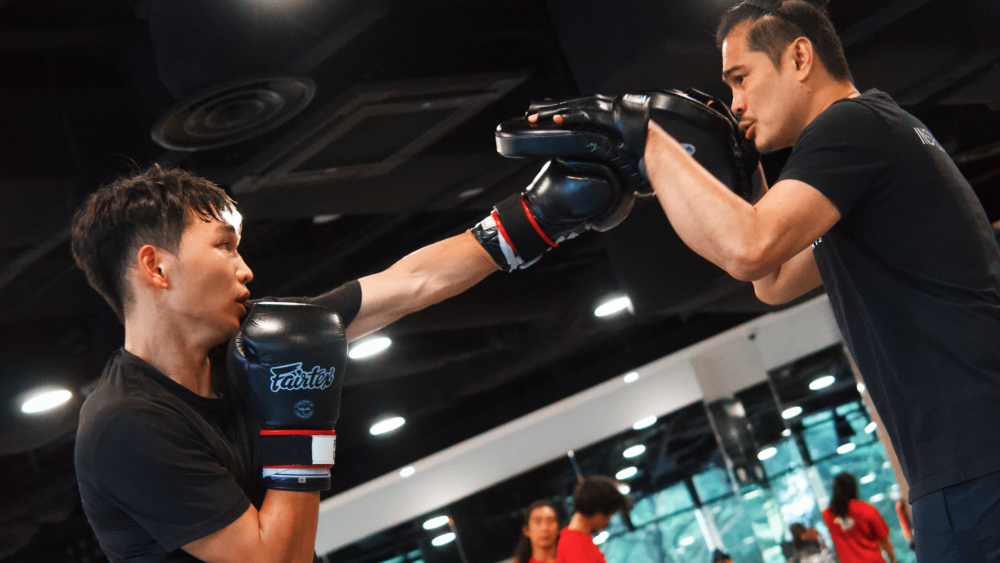Getting promoted to a new belt color is one of the most compelling highlights of a practitioner’s BJJ journey. Depending on the academy a practitioner trains at, set standards or key indicators are followed to ensure a practitioner is ready for the next level. Promotion is a symbol of one’s dedication to the art; thus, progression can be celebrated in many ways. In this article, we will discuss the gauntlet, a common practice in many BJJ academies worldwide.
What Is The BJJ Gauntlet?
The BJJ gauntlet can mean a tradition of whipping the practitioner with belts after getting promoted or long sparring rounds commonly known as the shark tank. Traditionally, some academies do both as part of the belt promotion for their practitioners and other requirements, like the technique syllabus or participation in competitions.
The Gauntlet
The gauntlet, also known as belt whipping, is a traditional practice after a belt promotion in which the practitioner’s training partners or team members use their belts to playfully tap the promoted practitioner’s body. It usually signifies a transcendence to a higher responsibility in terms of skill, knowledge, and performance for competitors.
Some, like Fabio Gurgel, claim that the gauntlet first originated in Brazil in 1988, while others believe that it first started in the U.S. in the 1990s, led by Chris Haueter. Being one of the “Dirty Dozen” (the first 12 non-Brazilian Jiu-Jitsu black belts) and with his influence from the military, Chris started the gauntlet in Rigan Machado’s academy, where he was teaching while the Machado brothers were away for some time.
The gauntlet is completed by the team members lining up on each side of the mat, forming a corridor for the promoted practitioners to slowly walk through. The practitioners who walk through the gauntlet take off their Gi jackets while the team members use their belts to playfully tap them from one end of the mat to the other.
Running the gauntlet promotes camaraderie and connects one practitioner to another, forming a stronger social bond. Among others, it builds mental toughness, an essential virtue for all martial artists, which can be applied to all areas of our lives, giving us the ability to go through hardships without surrendering. It signals that the time spent dealing with the challenges and difficulties on the mats is rewarded, mimicking the idea that off the mats the things we put time and effort into will be rewarded and result in meaningful achievement. As the saying goes, there is no glory without sacrifice.
While this is an old BJJ tradition, some practitioners believe it to be an unnecessary practice, while others accept it as a rite of honor bestowed upon them. Countless athletes have walked the gauntlet throughout their journey, but it is considered a rite of passage for a traditional martial artist.
Nowadays, some modern academies no longer participate in this tradition, as the different Jiu-Jitsu lineages are divided between the old and modern approaches to training and promotion. Most importantly, remember that the gauntlet shouldn’t be forced on anybody, as there are things to consider, like the practitioner’s age, and to take caution on how hard and where you hit your team members when doing the gauntlet.
Overall, the traditional belt whipping gauntlet shouldn’t be taken too seriously and is primarily designed to be an exciting experience for practitioners getting promoted and reaching new heights in their Jiu-Jitsu journey.
The Sparring Gauntlet
The sparring gauntlet, widely known today as the shark tank, means that a practitioner gets to spar against different training partners one at a time for a period of numerous rounds (with little to no break), one after another. It is mostly done as part of intense training leading up to a competition or during belt tests.
The sparring gauntlet is designed mainly for survival while trying to exhaust a practitioner, as the training partners come in fresh and strong each round. Running this type of gauntlet builds grit, especially when facing an opponent determined to cause harm or win during a hard-contested match, all while being fatigued. This builds the survival instinct — something practitioners can call on to push through against adversity while still being able to keep the analytical mind, coordination, function, and will to win the match.
Usually, the sparring gauntlet lasts about one to three minutes for each round (the number of rounds depends on the current belt level a practitioner is in) and is then replaced by another team member as the round ends while pushing the pace. To make the gauntlet diverse, practitioners must only roll against the same person once. Most of the time, practitioners get exhausted at the six-minute mark, and their defensive skills must come into play. When this happens, the promotees must keep themselves from getting submitted, leaving guard and submission escape, a critical skill to have prior to the ceremony.
Practitioners of all levels can utilize this in training in preparation for competitions, not just for belt promotions. The shark tank will significantly build a practitioner’s situational awareness, fitness, and overall approach to grappling. It helps build grapplers’ ability to deal with fatigue, especially when competing in open weight divisions, as team members of different weights and sizes can participate in the gauntlet.
While in the gauntlet, a practitioner will also be rolling against team members of all belt levels, going through multiple training partners one right after another, which helps simulate competing against opponents in open-belt tournaments. At the point of exhaustion, the heavier the opponent may feel, which is why practitioners must rely on their defensive instinct to prevent from getting submitted and create opportunities to attack during scrambles.
Conclusion
While the BJJ gauntlet may be unnecessary to some, it can be part of your exciting journey and development in Jiu-Jitsu — something to look back on in time. Remember to keep it fun and safe at all times to prevent the risk of injuries, as it should be a practitioner’s open ceremony to celebrate the dedication they have spent on the mats.
You may also like:
